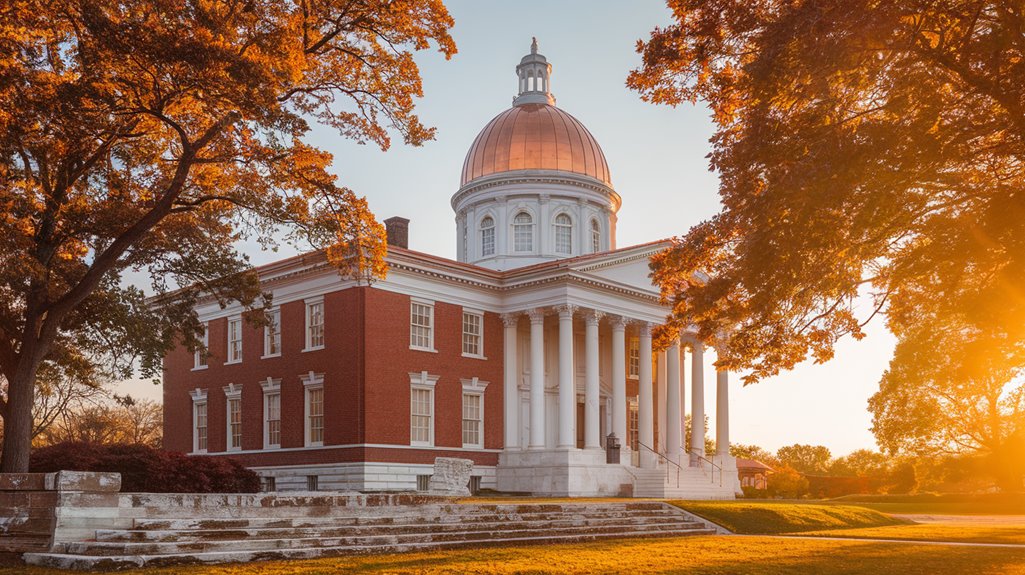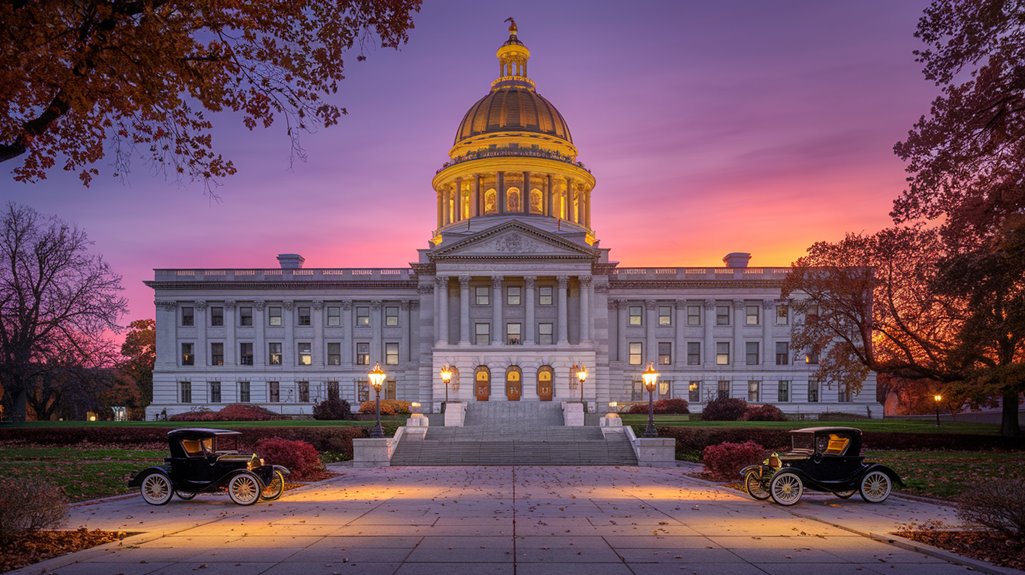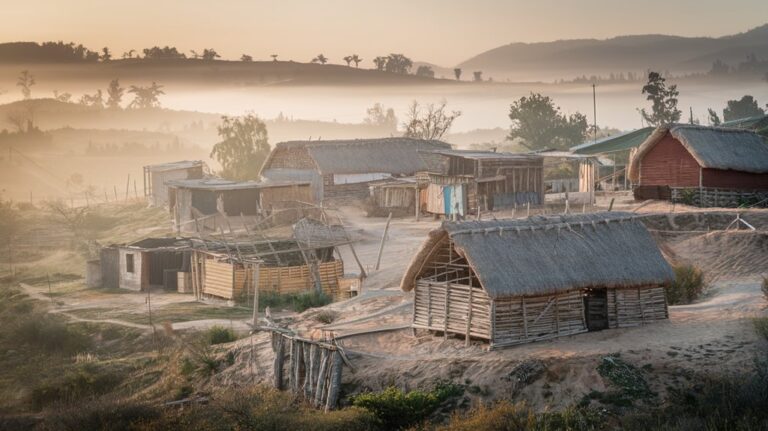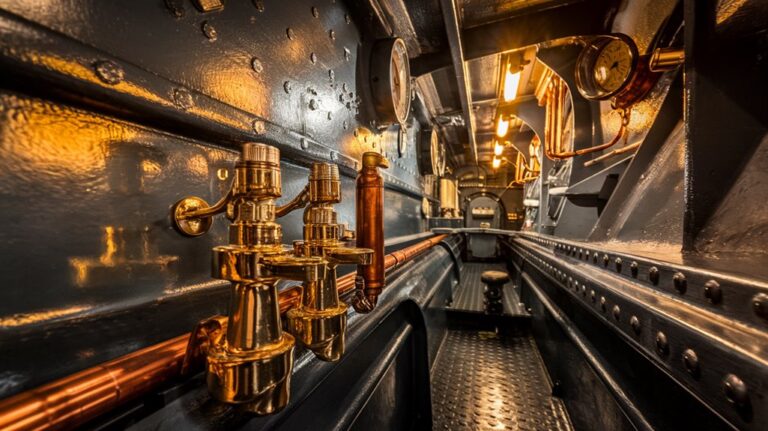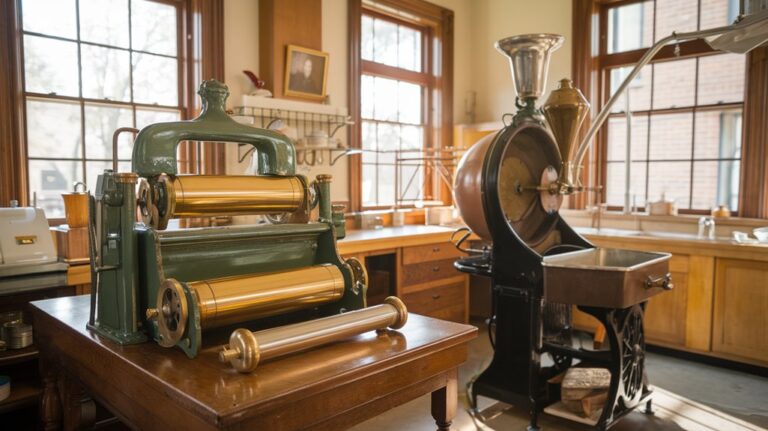Jefferson City Is the Only State Capital Named After a Vice President
You might think you know all about U.S. state capitals, but here's a fascinating detail that often goes unnoticed: Jefferson City stands alone as the only state capital named after a Vice President. While several capitals honor presidents, Missouri's seat of government specifically commemorates Thomas Jefferson's role as VP under John Adams. This distinctive naming choice reveals an interesting chapter in American history that connects Missouri's development to one of the nation's most influential figures.
The Origins Behind Jefferson City's Unique Name
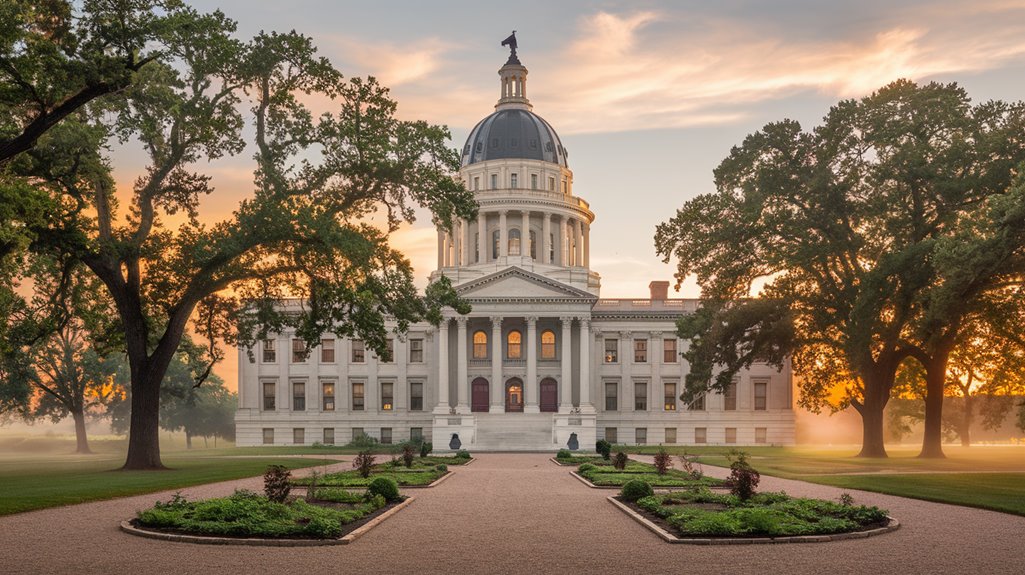
The naming process in 1821 ultimately honored Jefferson's historical significance to the region, particularly his role in the Louisiana Purchase, which had brought Missouri's territory into American hands.
When the state joined the Union as the 24th state, the newly chosen capital site transformed from a simple trading post known as Lohman's Landing into Jefferson City. Early inhabitants included Mound Builders and Osage who first settled the area before European exploration.
The city faced a unique challenge during the Civil War when Union troops occupied the area, forcing a temporary relocation of state government operations.
It's a name that reflects both the city's American heritage and its deep connection to one of the nation's founding fathers.
Thomas Jefferson's Legacy in Missouri's Capital
While Jefferson City's name honors the nation's third president, his influence on Missouri's capital extends far beyond its nomenclature.
Jefferson's influence on the region began with the Louisiana Purchase of 1803, which set the stage for Missouri's eventual statehood and the establishment of its capital city. The city itself was laid out by Boone and reflected the frontier spirit of early American expansion.
You'll find Jefferson's legacy particularly evident in four key aspects:
- His role in acquiring the territory that would become Missouri through the Louisiana Purchase
- His involvement in the heated slavery debates during the Missouri Crisis of 1819-1821
- His advocacy for Missouri's admission as a slave state, driven by personal financial interests
- His impact on shaping the political landscape that would define Missouri's early development
During the Missouri Crisis, Jefferson actively opposed the Tallmadge Amendment that would have banned further slave imports into the territory.
These elements continue to spark discussions about Jefferson's complex legacy in Missouri's history.
State Capitals Named After Presidents: A Special Group
Among America's fifty state capitals, only four share the distinction of being named after U.S. presidents: Jackson, Mississippi; Madison, Wisconsin; Lincoln, Nebraska; and Jefferson City, Missouri.
You'll find that each city's name reflects the Presidential influence of its era and the lasting impact these leaders had on American history.
The naming traditions behind these capitals tell fascinating stories. Jackson honors Andrew Jackson's military leadership, while Madison recognizes James Madison's role in drafting the Constitution.
Lincoln's name pays tribute to Abraham Lincoln's Civil War leadership and fight against slavery. Jefferson City acknowledges Thomas Jefferson's significant role in the Louisiana Purchase, which brought Missouri's territory under U.S. control. The city was officially designated capital in 1821 when Missouri achieved statehood.
These names don't just identify locations – they preserve important chapters of American history and celebrate presidential legacies.
From Vision to Reality: Jefferson City's Early Years
Prior to becoming Missouri's capital city in 1821, Jefferson City's landscape was home to Osage Native Americans and early frontiersmen like Daniel Boone.
The early settlement, originally known as Lohman's Landing, transformed into the state capital due to its geographic significance along the Missouri River and central location within the state.
You'll find the city's establishment marked by these key developments:
- Daniel Morgan Boone, son of the famous frontiersman, helped plan and plat the city
- Major Elias Bancroft collaborated on the town's initial layout
- The state selected the site as capital immediately after Missouri joined the Union
- The location's position on the Missouri River made it ideal for transportation and commerce
The vision for Jefferson City came to life through careful planning and its strategic riverside position. Similar to how UNT Digital Library today reaches users from over 200 countries, Jefferson City's central location was chosen to maximize accessibility for Missouri's citizens.
Historical Milestones That Shaped Missouri's Capital
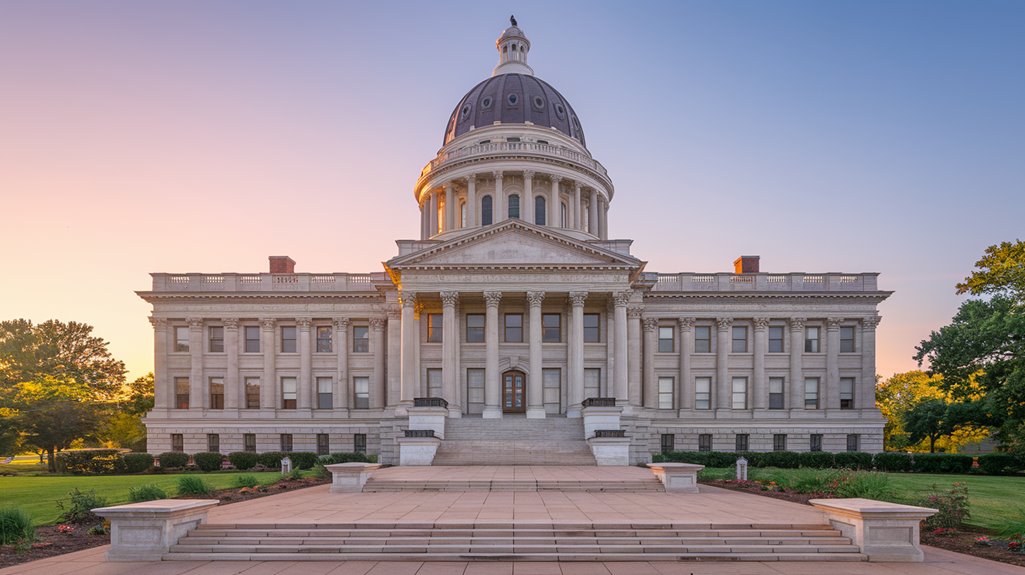
Jefferson City's transformation from frontier settlement to state capital involved several defining moments that set Missouri's political heart in motion. After moving the capital from St. Charles in 1826, the city faced significant challenges, including two devastating capitol building fires in 1837 and 1911. The first permanent capitol was a two-story brick structure that served as a foundation for future development.
The city's namesake, Thomas Jefferson, had secured this land through the Louisiana Purchase, forever linking the capital to this pivotal expansion of American territory.
During the Civil War, Union forces occupied the city, leading to divided loyalties that slowed economic recovery.
You'll find that the 1880s marked a turning point as new industries and railroads emerged, while the 1896 Missouri River bridge secured the city's position as the permanent seat of government.
The construction of the current capitol building (1913-1917) symbolized Jefferson City's resilience, and its recent renovations guarantee this architectural masterpiece continues to serve Missouri's government needs.

